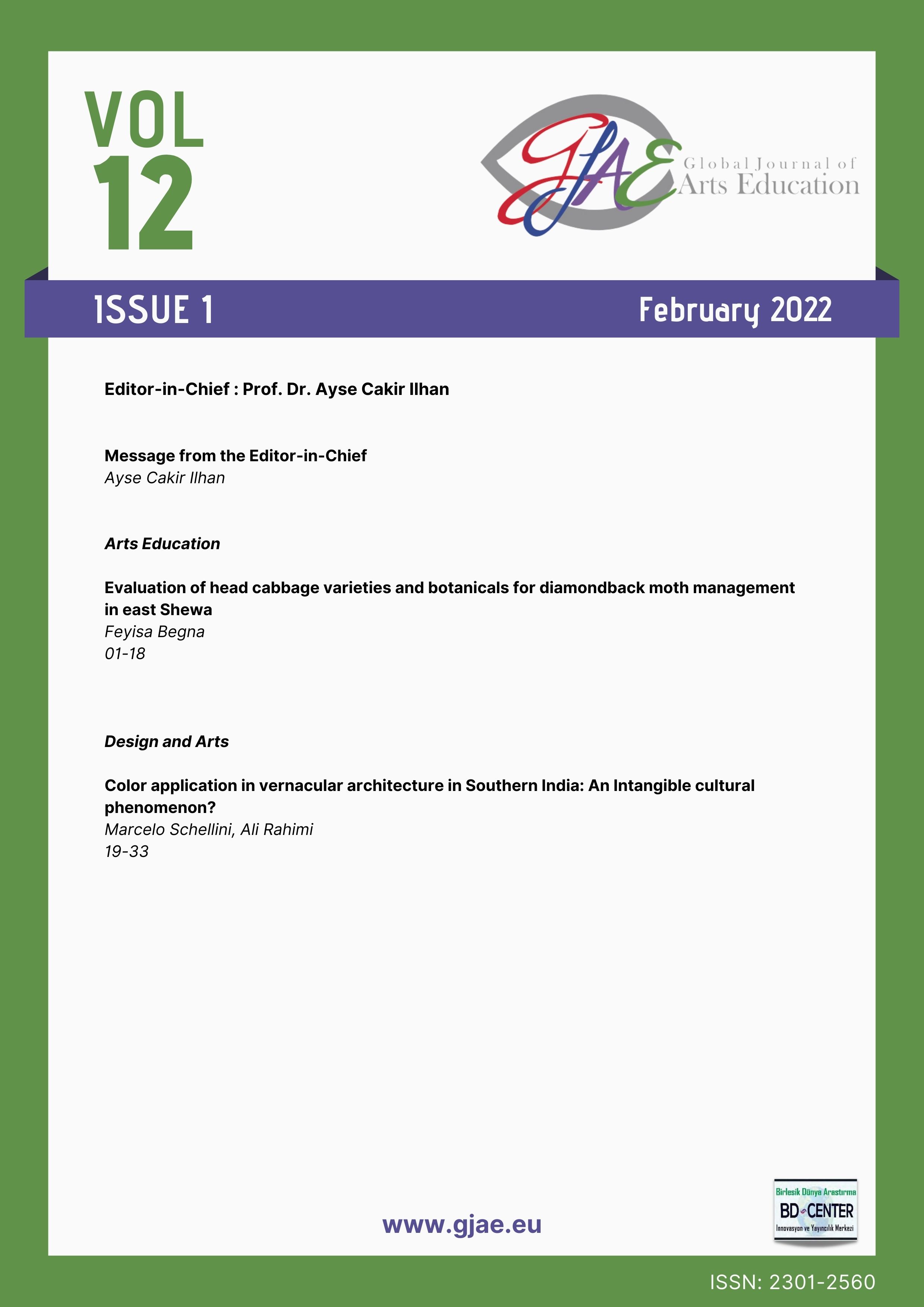Evaluation of head cabbage varieties and botanicals for diamondback moth management in east Shewa
Main Article Content
Abstract
Cabbage is the second most important vegetable crop in Ethiopia. Many insect pest species belonging to 16 families have been recorded on cabbages. The objective of this study was to determine the influence of head cabbage varieties and botanicals against DBM on head cabbage. The experiment was conducted using irrigation at Adami Tulu Agricultural Research Center (ATARC) during the 2020 cropping season. The head cabbage Glorai, Victoria, K500, Bandug F1and ThomaF1 varieties were used for this experiment. Treatments were arranged in a randomized complete block design (RCBD) with three replications. For DBM management two locally available botanicals and fastac chemicals were sprayed continuously for four weeks and an untreated plot was included for comparison. Throughout the growing season fastac significantly reduced the DBM larvae and pupae population, followed by neem seed and garlic cloves. Highly significant differences among the treatments were observed after the application of botanicals and chemicals on DBM larvae and pupae mortality rate in all of the treatments, but non-significant differences were observed among the head cabbage varieties.
Keywords: Botanical; garlic; fastac; head cabbage; neem; Plutella xylostella.
Downloads
Article Details

This work is licensed under a Creative Commons Attribution 4.0 International License.
Authors who publish with this journal agree to the following terms:
- Authors retain copyright and grant the journal right of first publication with the work simultaneously licensed under a Creative Commons Attribution License that allows others to share the work with an acknowledgement of the work's authorship and initial publication in this journal.
- Authors are able to enter into separate, additional contractual arrangements for the non-exclusive distribution of the journal's published version of the work (e.g., post it to an institutional repository or publish it in a book), with an acknowledgement of its initial publication in this journal.
- Authors are permitted and encouraged to post their work online (e.g., in institutional repositories or on their website) prior to and during the submission process, as it can lead to productive exchanges, as well as earlier and greater citation of published work (See The Effect of Open Access).

